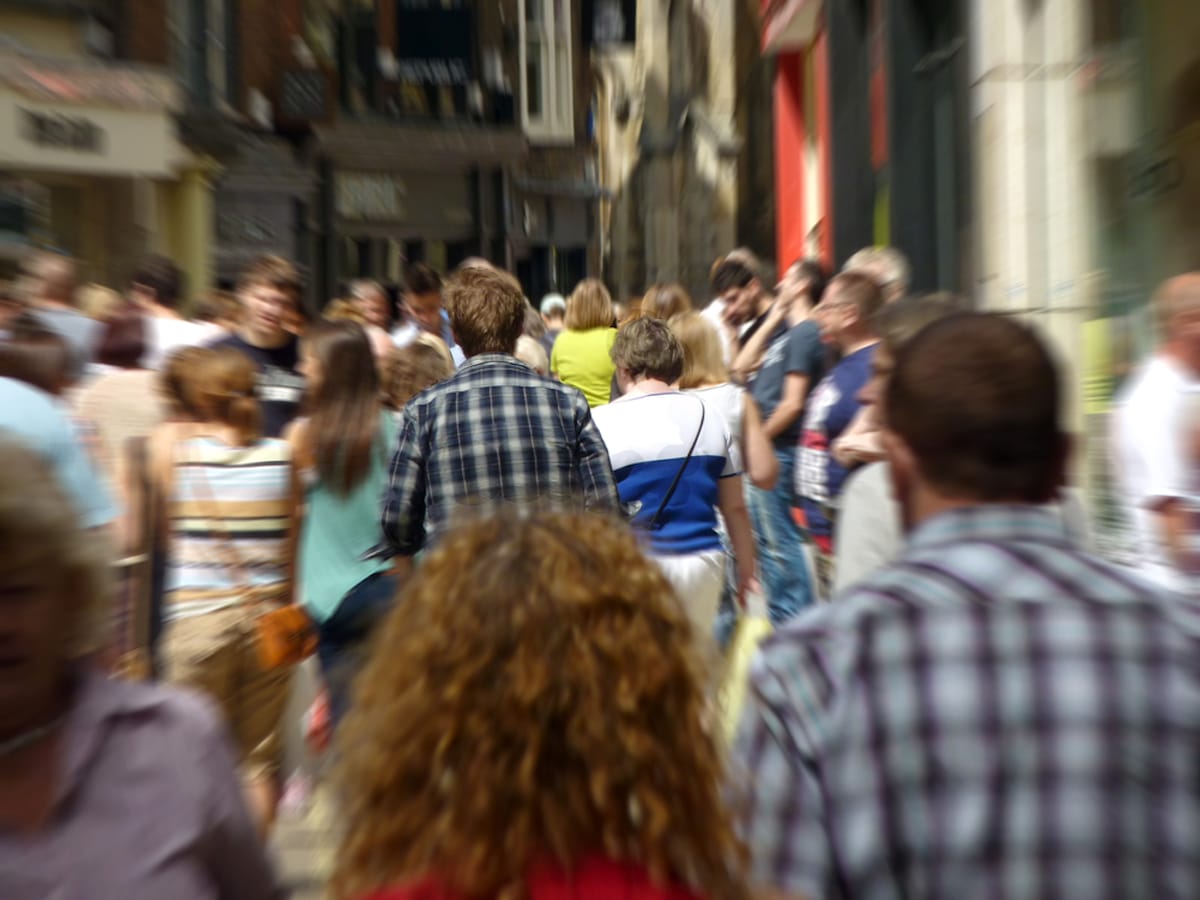Further high street store closures but there’s still hope.

Pharmacy chain Boots plans to close 300 stores, Argos intends to shutter 100 outlets, and the announcement by WH Smith that it will not open any more high street stores dealt further blows to the state of the physical retail landscape.
The decision by Boots is effectively a continuation of its earlier strategy involving the removal of the least-profitable stores from its portfolio of around 2,200 outlets and has so far included the closure of around 200 units over the past 18 months. According to data from location specialists CACI as many as 40% of its stores are on local high streets but it is the city centre stores that are its best performers and these only account for 15% of Boots total portfolio. This does not bode well for the future presence on high streets of these familiar pharmacy stores that have been a mainstay of the country’s shopping environment.
Although Argos intends to close 100 shops within the next year, which follows the closure of all 34 of its branches in the Republic of Ireland last month, there is some good news because the retailer intends to open 30 units inside the supermarkets of its parent company Sainsbury’s. But this will clearly still leave many gaps on the high street.
These will not be filled by WH Smith that has stated it does not intend to open any more high street outlets in the UK. This decision is not particularly surprising as the company has been closing specific stores around the country and its much-publicised strategy is to pursue growth, including the opening of new outlets, in travel hub locations within the UK and overseas.
This raft of disappointments for the high street highlights how the physical shopping landscape is under pressure. According to a survey from Accenture as many as 47% of respondents believed the high street was no longer relevant and needs to change. This rather worryingly comes alongside 28% of people warning that they may stop shopping on the high street in the next five years. This rises to 35% in the next 10 years.
Rather more positively, 78% of respondents acknowledged they would feel sad if their local high street was no longer an option for shopping. Clearly change is required and for 63% of people having more general retail stores is the most popular option to make their high street more attractive while 46% of people have a preference for more food shops.
The UK’s most famous thoroughfare, Oxford Street, is looking to tap into this underlying appeal of physical shopping through an initiative to make the street’s offer more attractive. This involves undergoing a £100 million rejuvenation – beginning in late 2024 and running through to early 2026.
The major project will include widened pavements, new and improved pedestrian crossings, and improvements to the existing community areas through turning them into compact parks with increased seating and planters. Although it has long been deliberated there is no plan to turn Oxford Street into a traffic-free zone.
Geoff Barraclough of Westminster Council, has stated: “We have a significant opportunity to overhaul Oxford Street and transform this famous shopping street into a bright and vibrant location. We have famous stores on Oxford Street and a queue of well-known brands looking to open, but they need to do that in a setting that encourages people to want to visit and spend time here…I am looking forward to getting on with a practical and deliverable programme, which will breathe new life into the nation’s favourite high street.”
